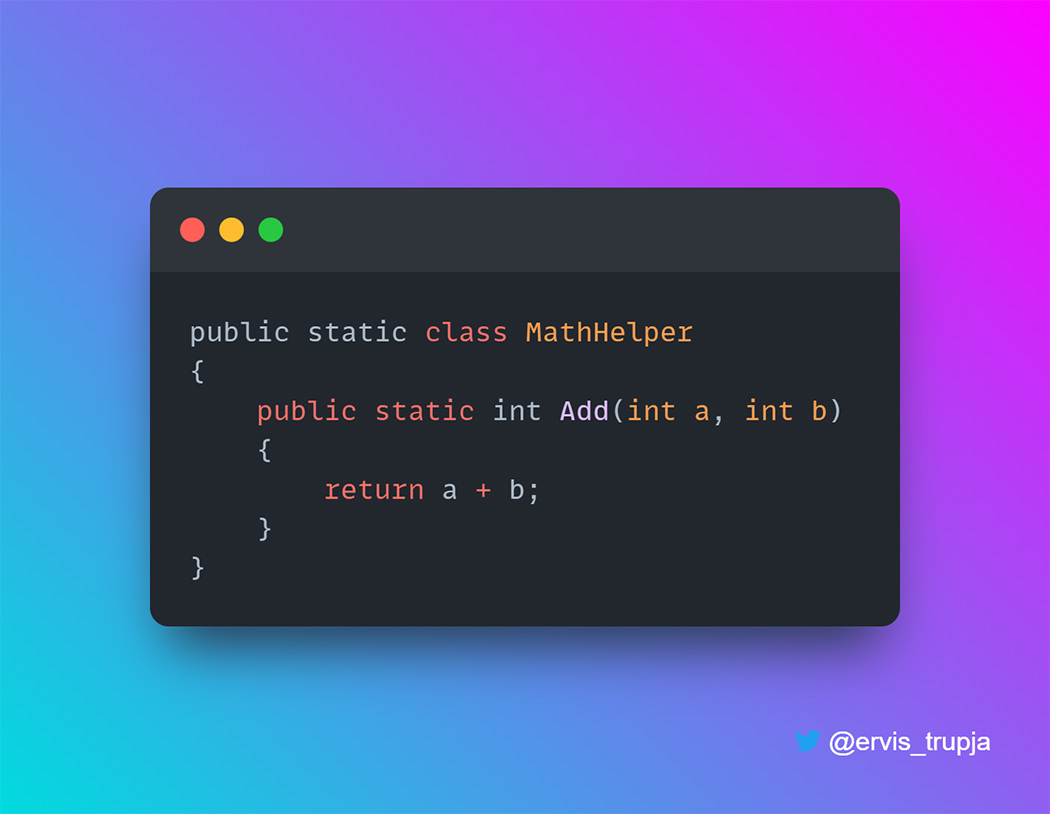Entity Framework (EF) is an Object-Relational Mapping (ORM) framework that enables developers to interact with databases in a more efficient and convenient way, rather than having to write raw SQL […]
Static vs Non-Static Classes in C#: Understanding the Differences and Use Cases
In C#, a class is a blueprint for creating objects, providing initial values for member variables or properties, and implementations of member methods or functions. A class can have fields […]
Predicate vs Func in C#
In C#, a predicate is a delegate (a type that refers to a method) or a lambda expression that takes a single parameter and returns a Boolean value indicating whether […]
Null-coalescing operator in C#
You can use the null-coalescing operator (??) to provide a default value for a nullable type or reference type. The null-coalescing operator returns the left-hand operand if it is not […]
Array vs ArrayList in C#
In C#, an Array is a collection of items that are stored in a contiguous block of memory. It is a fixed size, meaning that you must specify the size […]
Top 5 array methods in C# with examples
An array in C# is a collection of variables that are stored together in a contiguous block of memory. Arrays are used to store multiple values in a single object, […]
Migrate from ASP.NET Core 5.0 to 6.0
This article explains to update an existing ASP.NET 5 project to ASP.NET 6. I am going to use a fully-functional .NET 5 MVC application to show how you can do it step by step.
CONST vs READONLY in C#
const and readonly are two very useful keywords in C# that as a .NET developer you might see in any real-world application. When used within the same class, these keywords […]
Iterate through an enumeration (Enum) in C#
In the C# language, the enum type (aka enumeration) is a user-defined value type used to represent a list of named integer constants. Enums are really useful when you want to […]








